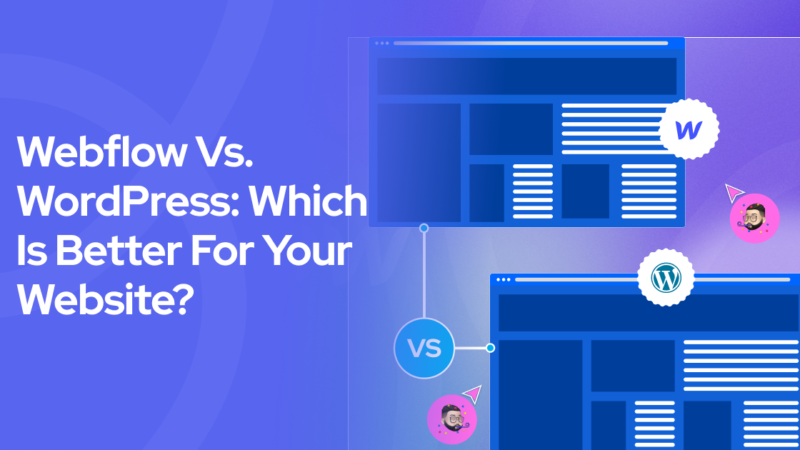User Interviews: Best Practices for Gathering Qualitative Insights from End-Users

Introduction
User interviews are a powerful way to understand how people feel about your design. They provide in-depth insights that numbers alone can’t show. In this article, we’ll share best practices for planning, conducting, and using information from user interviews.
Preparing for the Interview
- Define Your Goals:
Be clear about what you want to learn. Are you looking to improve a specific feature, understand user habits, or gather general feedback? - Create Open-Ended Questions:
Prepare questions that encourage detailed responses. Instead of asking, “Do you like this feature?” ask, “How do you feel about this feature and why?” - Select the Right Participants:
Choose interviewees who represent your target audience. Their feedback will be more relevant and actionable.
Conducting the Interview
- Set a Comfortable Tone:
Start with a friendly introduction to help the interviewee feel at ease. Explain the purpose of the interview and assure them that there are no right or wrong answers. - Be an Active Listener:
Focus on what the user is saying. Avoid interrupting and use follow-up questions to dig deeper into their thoughts and feelings. - Record and Take Notes:
With permission, record the interview so you can review the conversation later. Taking notes during the session helps capture key points and impressions.
Analyzing the Insights
- Look for Common Themes:
After several interviews, review the recordings or notes to identify repeated ideas or issues. This can point to larger trends or common problems. - Prioritize the Feedback:
Focus on the insights that most affect the user experience. Decide which changes will make the biggest difference and plan to address those first. - Apply What You Learn:
Use the insights from your interviews to make informed improvements to your design. User feedback is invaluable in creating a product that truly meets their needs.
Conclusion
User interviews provide rich, qualitative insights that can guide your design decisions. By asking the right questions and truly listening to your users, you gain a deeper understanding of their needs and how to meet them.







